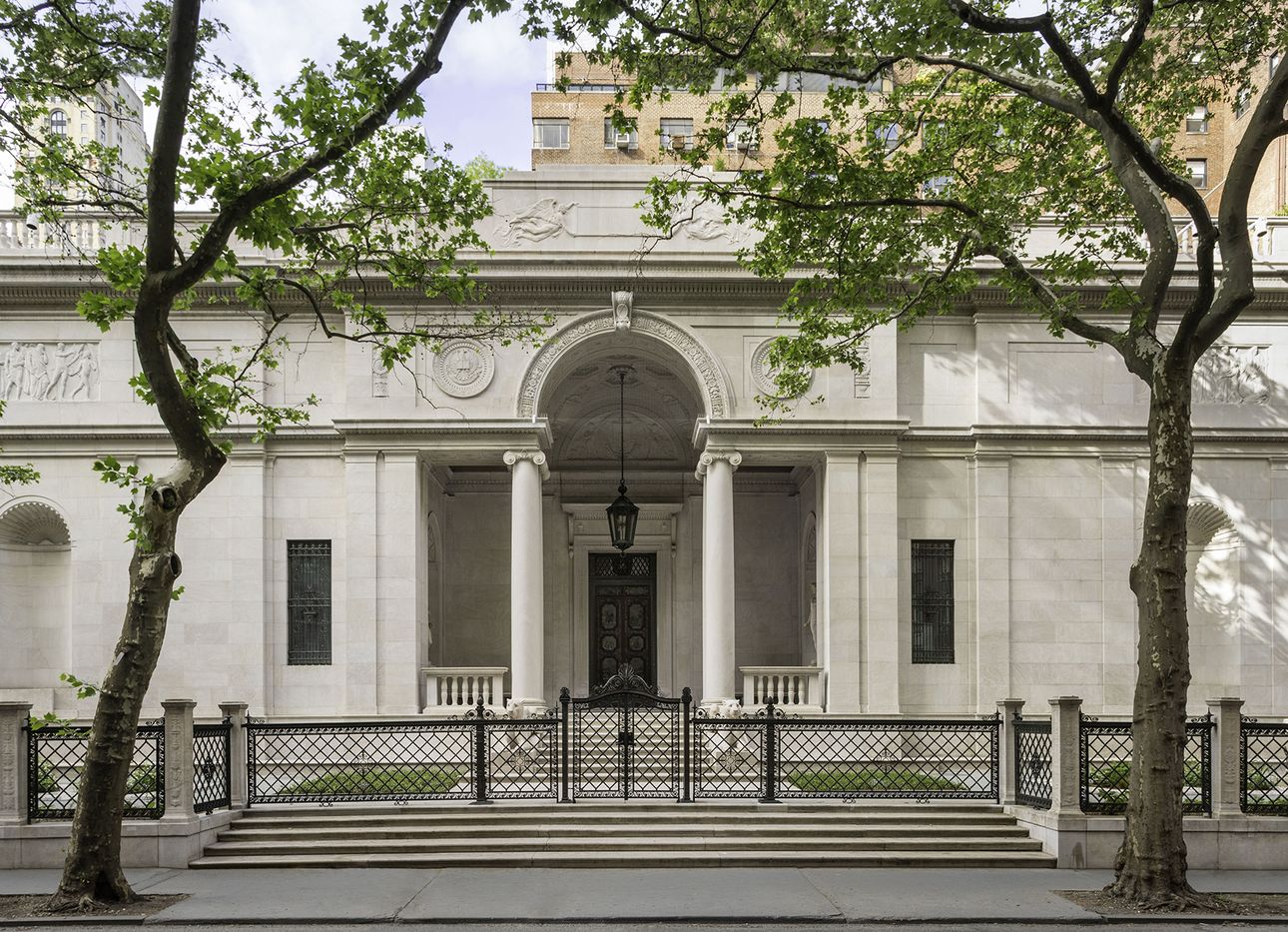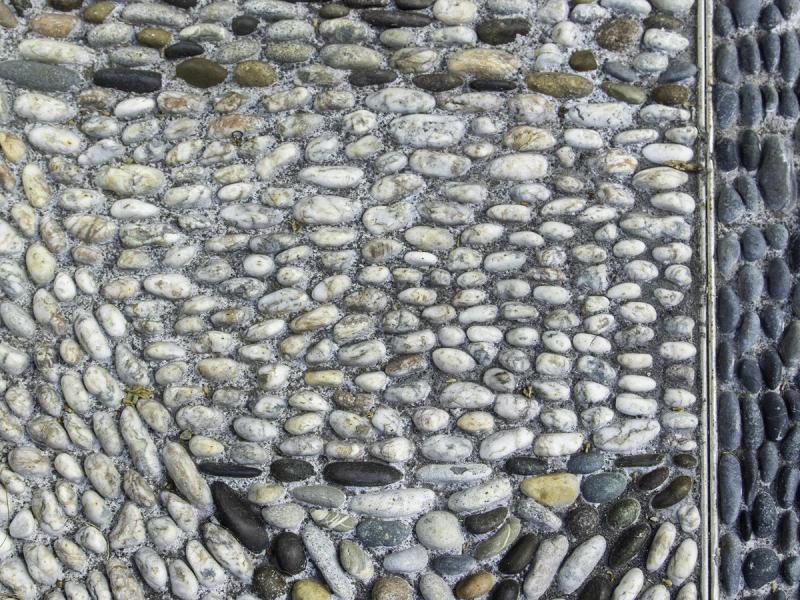
At the Morgan Library, a Long-Overlooked Garden Gets a New Life
In a city boasting many of the world’s greatest art museums, it’s perhaps easy to overlook the jewel that is the Morgan Library & Museum, which spans more than half a block, between Madison and Park Avenues, in Manhattan's Murray Hill neighborhood. But with a multiyear restoration of the original library building’s exterior finally complete, as well as the just-overhauled Morgan Garden, unveiled last week, there has perhaps never been a better time to visit the former compound of the Gilded Age financier J. Pierpont Morgan. Ironically humble it may be, at least in comparison to the scale and scope of, say, the Metropolitan Museum of Art, the Whitney, or the Museum of Modern Art, the Morgan is a potent site of culture that, punching above its weight, is in many respects on par with those larger institutions.
Designed by leading 19th-century architect Charles Follen McKim, of the firm McKim, Mead & White (famous for projects including the Brooklyn Museum, structures across Columbia University’s Morningside Heights campus, and a 1903 renovation of the White House), and designated as a museum since 1924, the Morgan is among the finest examples of Neoclassical architecture in the United States. Frescoed ceilings? Check. Stone lionesses flanking the entrance? Yup. Thanks to an immaculately executed 2006 expansion by Pritzker Prize–winning Italian architect Renzo Piano, which integrates the site’s three historic buildings within three new glass-and-steel pavilions, the museum is also a striking juxtaposition of 19th- and 21st-century design, one that’s decidedly made for today, but that also honors—and literally protects—the past.
Despite its illustrious setting, the Morgan’s outside grounds, previously partially closed off to the public, have always been more of an afterthought. So much so that Todd Longstaffe-Gowan, the London-based landscape architect who oversaw the recent garden overhaul, refers to his approach to the space, tucked near the home’s former 36th Street entrance, as a blank canvas. “This is the first attempt to do a comprehensive reassessment of the whole site,” he says. “For the last almost century, it’s been sort of an unfinished work, and our scheme seeks to change this.” Longstaffe-Gowan’s team traded the grounds’ existing simple lawn for an inviting array of native plants while adding a decorative series of pathways made of bluestone (a material that’s also used inside the museum). An elegant lighting scheme from local lighting designer Linnaea Tillett highlights the grounds’ exterior stone wellheads and sarcophagus.
In addition to the revamped garden, visitors can also explore the museum’s current exhibitions, an impressive array that includes “One Hundred Years of James Joyce’s Ulysses” (on view through Oct. 2), featuring original manuscript drafts and proofs on loan from the James Joyce Collection at the University at Buffalo; a presentation devoted to drawings by the little-known, recently rediscovered gay Beat-era artist Rick Barton, the first major showcase of his work (through Sept. 11); and photography by pop art pioneer Ray Johnson (through Oct. 2).
When visiting the Morgan, it has long been natural to stop and admire the pink marble, its Doric pilasters, and the leather-bound books in the library. Now it will also be worth checking out the periwinkle in the planters.


